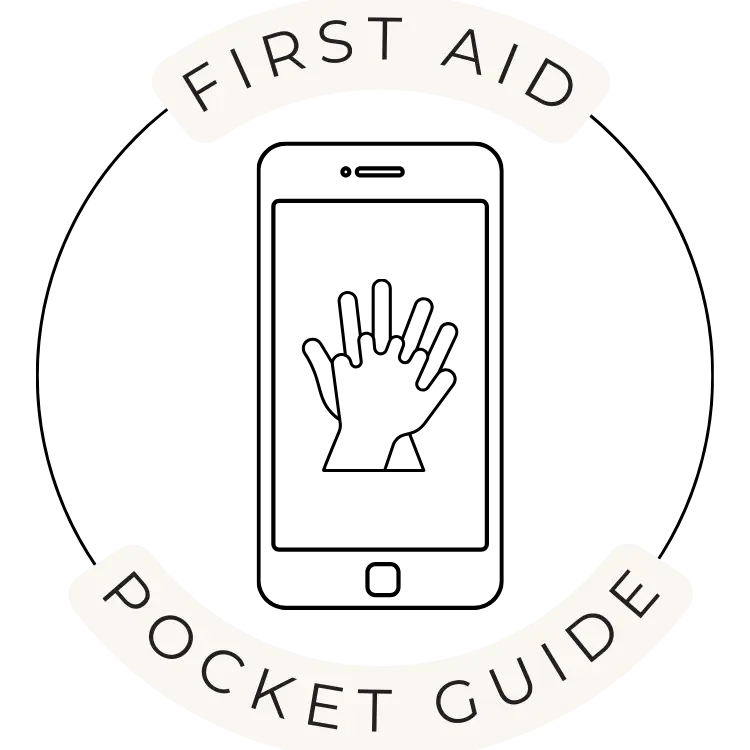If you’ve ever cut your finger while cooking or burned your hand on a hot pan, your first instinct is probably to grab whatever’s in the first aid cabinet.
But what’s actually the best thing to use?
You might have heard about products like Betadine and Neosporin and you might wonder which is best?
But here’s the truth: both have different purposes, and aren’t often used in Australia.
Let’s take a closer look
Betadine

Betadine (povidone-iodine) is an antiseptic.
It’s designed to kill a wide range of germs—bacteria, viruses, and fungi—on contact. That makes it especially useful for the initial cleaning of a wound.
But Betadine isn’t the only option for cleaning.
- Saline is the safest, most universal wound rinse.
- Cetrimide wipes are another antiseptic option often included in Australian kits.
- Other antiseptic brands (chlorhexidine, hydrogen peroxide in some cases) may also be used, though each has pros and cons.
So Betadine is one of many antiseptic cleaning options.
Neosporin

Neosporin is a triple antibiotic ointment (Neomycin, Polymyxin B, Bacitracin) that helps prevent bacterial infection while wounds heal.
It’s not designed to be used for initial cleaning of a wound. That would be like painting a wall you haven’t cleaned, you need to make sure the surface is ready.
Here’s the catch in Australia:
- Neosporin is available, but it’s not a standard inclusion in most first aid kits.
- It’s not on the recommended items list under the First Aid Code of Practice.
- Overuse can lead to antibiotic resistance or allergic reactions.
Why not Get a Doctor’s Opinion
It’s important to note that Neosporin isn’t really a first aider’s tool.
- A first aider’s role is to provide immediate assistance in an emergency
- Often most minor cuts and wounds won’t need Neosperin to heal well.
- If a wound isn’t healing naturally, looks infected, or isn’t improving after a few days, that’s when a doctor may recommend Neosporin or another antibiotic.
- Doctors will consider factors like allergies, resistance risks, or whether oral antibiotics are needed.
Betadine vs Neosporin: The Practical Difference
| Stage of Care | Betadine (Antiseptic) | Neosporin (Antibiotic) |
|---|---|---|
| When to use | Immediately after injury, for cleaning | After cleaning, during healing |
| What it does | Kills a wide range of germs | Prevents bacterial growth |
| Form | Solution, swabs, ointment | Ointment/cream |
| In Aussie kits? | Yes, antiseptics are standard | No, not on recommended list |
❓ FAQs
Can I use Betadine and Neosporin together?
Yes—but in sequence. Use Betadine (or another antiseptic) first to clean the wound. Once it’s dry and covered, Neosporin may be applied later if a doctor recommends it.
Is Betadine safe for everyone?
Most people can use it, but those with iodine allergies or thyroid conditions should avoid it.
What if I don’t have Betadine or Neosporin?
Plain saline and a sterile dressing are often enough for minor wounds. Keeping it clean and covered is more important than fancy products.
Why isn’t Neosporin in Australian first aid kits?
Because first aid is about immediate care—cleaning and protecting. Antibiotics are considered a medical decision, not a first aid one.
Key Takeaways
- First aid starts with cleaning: saline or antiseptic wipes are the gold standard.
- Betadine is a powerful antiseptic for initial wound cleansing.
- Neosporin is an antibiotic ointment for ongoing protection, but it’s not standard in Australian first aid kits.
- Neosporin use isn’t really something First Aiders Consider
- Always seek medical advice for deep, severe, or infected wounds.

